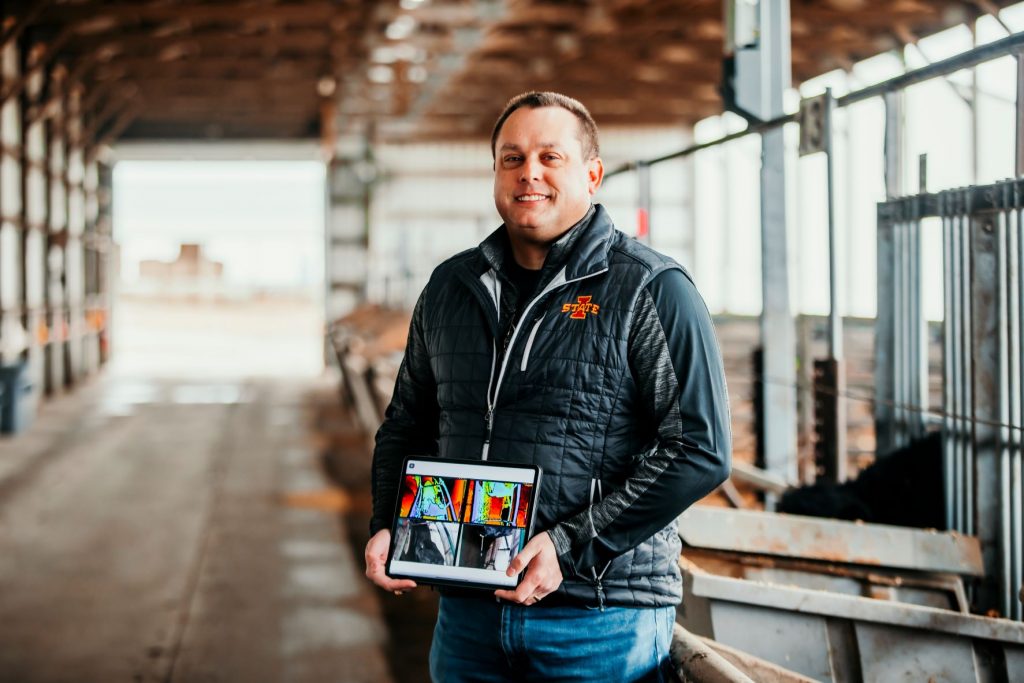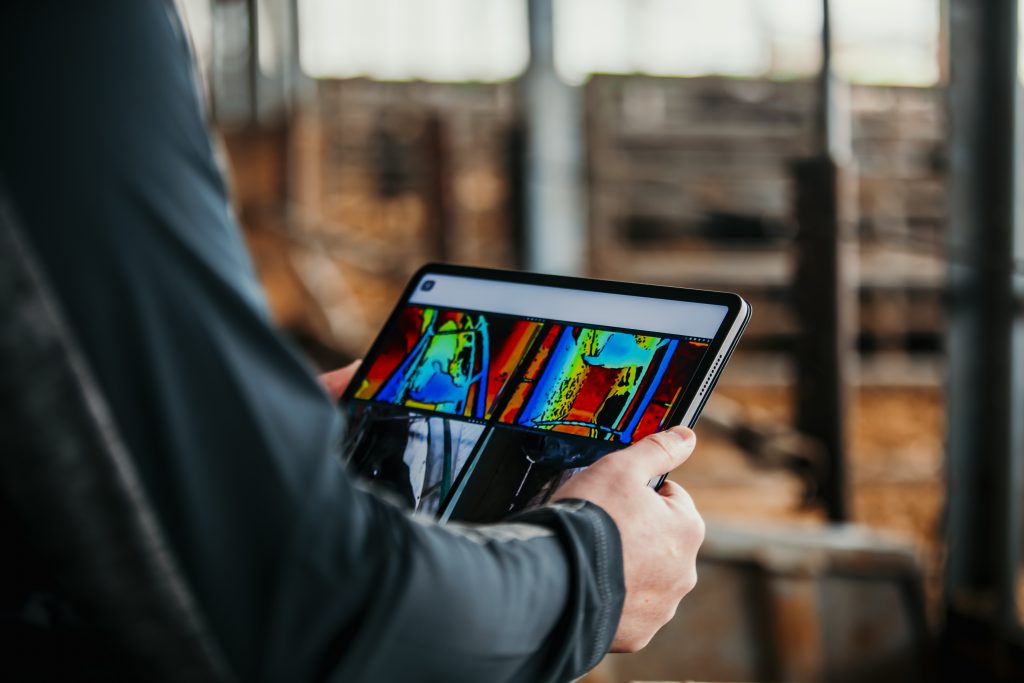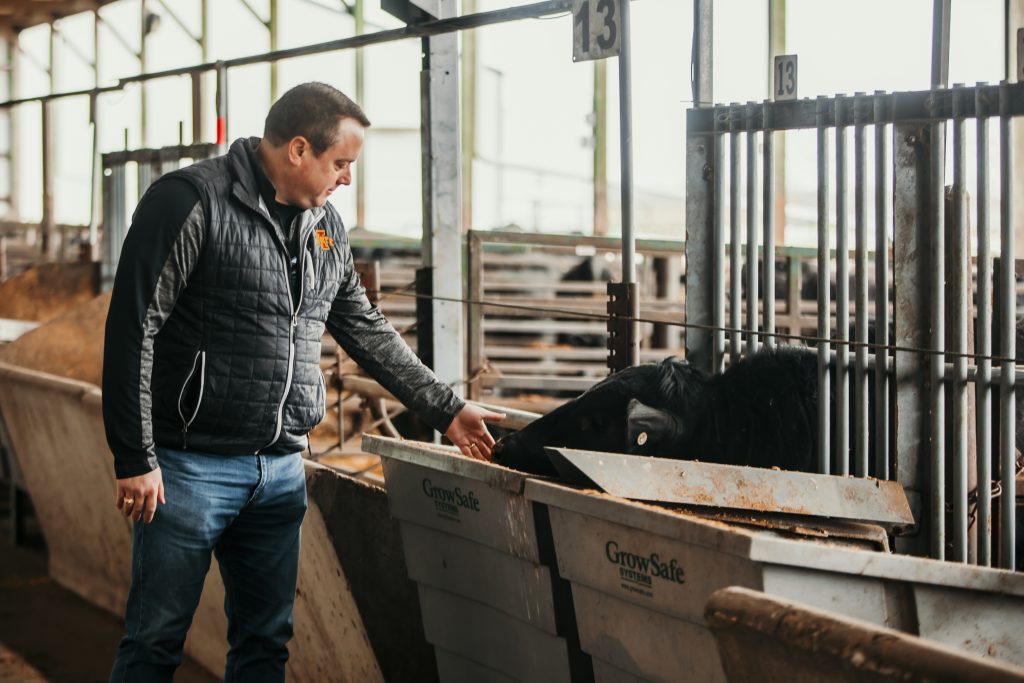Rural agriculture needs reliable communication: Josh Peschel launches new technology in ag hotspots
Author: Sarah Hays
Author: Sarah Hays

Mobile communication has changed the world around us nearly overnight.
Yet still, with much progress in this realm of technology, remote, rural areas are still struggling to connect with the outside world. These remote areas are hotspots for agriculture, with acres upon acres of crops and animals.
That’s why Josh Peschel, assistant professor in agricultural and biosystems engineering, is linking agriculture and technology together in a nationwide research project funded by the National Science Foundation. The team, led by Hongwei Zhang, a professor in electrical and computer engineering, is launching a test bed for experimentation to develop new, wireless networking tools that would serve remote areas – especially ones here in Iowa.
The test bed takes place in the form of a wireless living lab across Iowa State University, the city of Ames and surrounding farms and rural areas.
With this new wireless infrastructure, the team is also launching an application with a focus on agriculture – and that’s where Peschel comes in.

“A lot of agriculture as we know it is very remote and disconnected,” Peschel said. “If we want to have better wireless connectivity for these remote outposts of agriculture, we need something as powerful as this.”
Peschel is installing cameras that are connected to the wireless test bed in pig barns and cattle pens around the area.
“When we put cameras in pig barns and cattle pens to monitor their behavior in real-time, those videos can be electronically transported back from very remote locations,” Peschel said. “Whereas now, you wouldn’t even be able to get a text message at those remote locations. But with this project, you could perhaps have streaming, high-definition video coming from those places, from the cameras.”
The cameras, intentionally linked to the team’s wireless network, wirelessly transmits information back to the team using their experimental technologies to help them better understand bandwidth requirements, minimum video quality and more.
